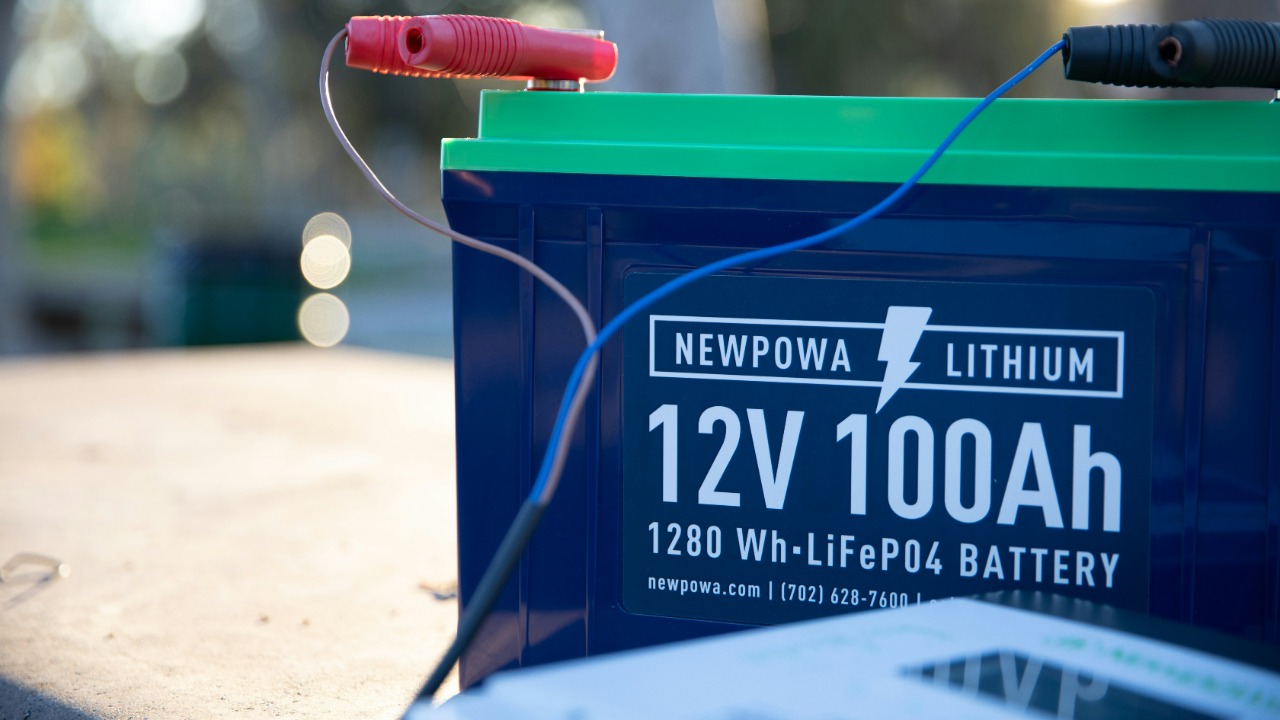
A team of researchers at Stanford University, led by Yi Cui, has made a significant breakthrough in the development of water-based lithium-ion batteries. Their novel cathode material nearly doubles the energy density of conventional aqueous versions, storing up to 400 watt-hours per kilogram and enduring over 1,000 charge-discharge cycles without significant degradation. This innovation replaces traditional metal oxide cathodes with an organic positive electrode dissolved in water, offering safer and more cost-effective energy storage solutions for electric vehicles and renewable grids.
The Limitations of Traditional Aqueous Batteries
Traditional lithium-ion batteries that use water-based electrolytes have been plagued by low energy density, typically limited to 200-250 watt-hours per kilogram. This limitation is due to their narrow electrochemical stability window of about 1.23 volts, a fact highlighted in the Stanford report. Furthermore, metal oxide cathodes used in these batteries, such as lithium manganese oxide, degrade quickly in water due to dissolution and side reactions, leading to capacity fade after fewer than 500 cycles, as detailed in the Nature Energy study.
Despite these challenges, the quest for safer and more affordable energy storage solutions has driven research towards water-based alternatives. However, the voltage constraints of aqueous electrolytes have historically prevented them from competing with the range of gasoline-powered vehicles.
Design of the New Cathode Material
The innovative cathode developed by Yi Cui’s team employs a water-soluble organic compound, specifically a phenazine derivative, as the active material. This compound operates at a higher voltage of up to 1.8 volts in aqueous solution, as detailed in the Stanford University press release. Unlike solid metal oxide electrodes, this design uses a liquid positive electrode where the organic molecules dissolve and react reversibly in the electrolyte, avoiding the structural breakdown common in traditional cathodes.
The team synthesized the phenazine-based cathode to pair with a zinc anode, creating a full cell that maintains stability across a pH-neutral water electrolyte. This innovative approach addresses the longstanding limitations of aqueous electrolytes and opens up new possibilities for energy storage.
Performance Metrics and Testing Results
The new battery delivers an impressive energy density of 400 watt-hours per kilogram at the cathode level, nearly double that of previous aqueous lithium-ion systems. Full-cell performance reaches 245 watt-hours per kilogram after 1,000 cycles at 80% capacity retention, according to lab tests reported in the Nature Energy paper. Furthermore, cycle life testing showed the battery retaining 90% capacity after 1,200 cycles at a 1C rate, outperforming lithium iron phosphate batteries which fade after 500-800 cycles under similar conditions.
Rate capability tests demonstrated sustained discharge at high currents, with 70% energy retention at 5C rates. This feature enables faster charging, making the battery suitable for applications like electric vehicles.
Safety Advantages of Water-Based Electrolytes
One of the key advantages of water-based electrolytes is their inherent safety. Water is non-flammable and suppresses thermal runaway, eliminating the fire risks associated with organic solvents in conventional lithium-ion batteries. This safety feature is a key finding from the Stanford study. Additionally, the system’s neutral pH operation reduces corrosion issues that plague acidic or alkaline aqueous batteries, allowing the use of abundant, low-cost materials like zinc without protective coatings.
Moreover, the organic cathode avoids heavy metals like cobalt and nickel, minimizing toxicity concerns. This makes the battery more environmentally benign during production and disposal, as highlighted in the Nature Energy article.
Potential Applications in Energy Storage
For electric vehicles, the higher energy density of this new battery could extend driving range by 20-30% compared to current aqueous batteries. The long cycle life also supports daily charging without rapid degradation, as projected in the Stanford announcement. In grid-scale renewable energy storage, the low-cost materials—under $10 per kilowatt-hour—enable affordable buffering for solar and wind intermittency. The battery’s stability makes it suitable for large-scale deployments.
Yi Cui also highlighted portable electronics as another potential application. The safer design could replace lithium-ion packs in consumer devices without compromising power output.
Research Team and Development Process
The project was led by Yi Cui, a professor of materials science at Stanford University and co-director of the Stanford StorageX Initiative. Key contributions came from postdoctoral scholar Allen Pearse and graduate student Minxia Lu, as credited in the Nature Energy publication. The development process involved iterative synthesis and electrochemical testing over two years at Stanford’s labs, funded by the U.S. Department of Energy’s Basic Energy Sciences program.
Collaboration with SLAC National Accelerator Laboratory provided advanced characterization tools, such as X-ray spectroscopy, to verify the cathode’s molecular stability during cycling.
Challenges and Pathways to Commercialization
Despite the promising results, there are still challenges to overcome before the new battery technology can be commercialized. Scaling production of the organic cathode material remains a hurdle, as current lab yields are limited to grams. Industrial processes are needed to achieve kilogram-scale production without purity loss, as noted in the Nature Energy discussion.
Further optimization is also needed to widen the voltage window beyond 1.8 volts for even higher energy densities. Yi Cui’s team is planning to use additive electrolytes to suppress water decomposition. Commercial partners, including potential ties to battery manufacturers, are being explored to prototype full cells by 2025, aiming for integration into electric vehicle supply chains.
More from MorningOverview